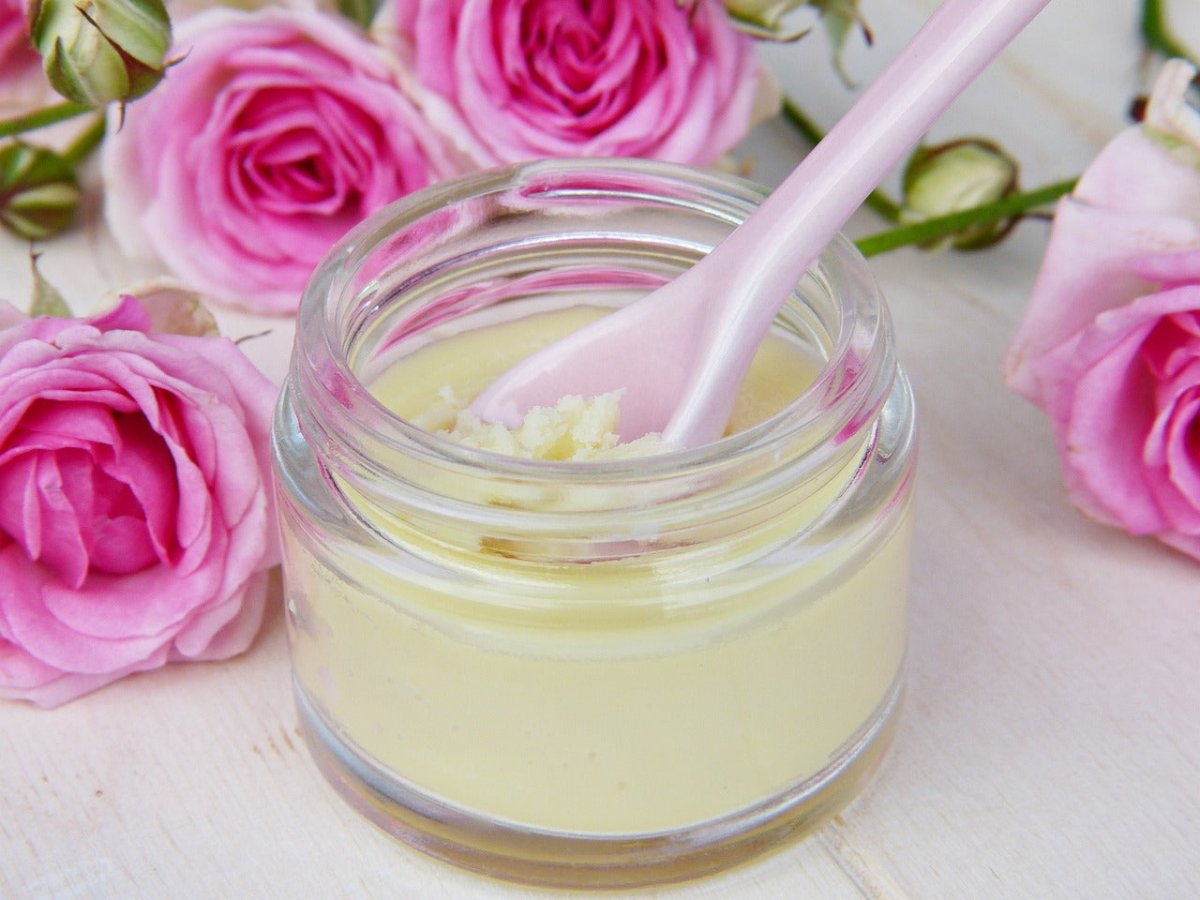Why Hyaluronic Acid is the Key Ingredient in Skin Booster Injections
Have you ever wondered why hyaluronic acid is the key ingredient in skin booster injections? This article explores the fascinating benefits of this powerful substance, shedding light on the science behind its effectiveness in enhancing skin vitality and promoting a more youthful appearance. From its ability to improve hydration and elasticity to its impressive collagen-boosting properties, hyaluronic acid has become a game-changer in the world of skincare. So, if you're curious to uncover the secret behind those radiant and rejuvenated faces, keep reading to discover why hyaluronic acid is the go-to ingredient in skin booster injections.
What are skin booster injections?
Definition of skin booster injections
Skin booster injections, also known as hyaluronic acid injections or skin hydration injections, are aesthetic treatments that involve injecting hyaluronic acid into the skin to improve hydration, enhance elasticity, and rejuvenate the overall appearance of the skin. These injections generally contain a gel-like substance that, when injected, helps to restore volume, improve skin texture, and promote a more youthful complexion.
Purpose of skin booster injections
The primary purpose of skin booster injections is to provide deep hydration to the skin, preventing it from becoming dry, dull, and dehydrated. These injections are specifically designed to target the dermis, the layer of skin responsible for maintaining hydration levels and supporting the structural integrity of the skin. By replenishing hyaluronic acid levels in the dermis, skin booster injections promote a healthier-looking complexion and reduce the signs of aging.
How skin booster injections work
Skin booster injections work by delivering hyaluronic acid directly into the dermis, where it can address concerns such as dehydration, fine lines, and loss of elasticity. Hyaluronic acid, a naturally occurring substance in the body, has a unique ability to bind and retain water molecules. This property allows it to hydrate the skin from within and improve its overall moisture balance. Additionally, skin booster injections stimulate collagen production, which helps to strengthen the skin's structure and maintain its youthfulness.
Introduction to hyaluronic acid
Definition of hyaluronic acid
Hyaluronic acid is a glycosaminoglycan, a type of carbohydrate molecule that is naturally found in the human body. It is a key component of the extracellular matrix of the skin, joints, and connective tissues. In its natural form, hyaluronic acid acts like a sponge, attracting and holding onto water molecules, which contributes to the plumpness and resilience of the skin.
Natural occurrence in the body
Hyaluronic acid is naturally produced by the body, primarily in the skin, eyes, and joint fluids. However, its production decreases with age, leading to a decrease in moisture levels and the appearance of fine lines and wrinkles. By the time we reach our 50s, our hyaluronic acid levels may be less than half of what they were in our youth. This makes supplementation necessary to maintain the skin's hydration and youthful traits.
Biological importance of hyaluronic acid
Aside from providing hydration, hyaluronic acid plays a crucial role in various biological processes. It helps to cushion and lubricate joints, promote wound healing, and support the transport of nutrients in the body. In the skin, hyaluronic acid contributes to the structural integrity of the dermis, promotes cell proliferation, and protects against environmental damage. Its presence is essential for maintaining a healthy, plump, and youthful complexion.

Why is hyaluronic acid used in skin booster injections?
Advantages of hyaluronic acid in skin rejuvenation
Hyaluronic acid offers numerous advantages in skin rejuvenation due to its biocompatibility, non-allergenic properties, and the ability to integrate seamlessly with the skin's natural structures. As a naturally occurring substance in the body, hyaluronic acid is well-tolerated and has a low risk of adverse reactions. This makes it a safe and versatile choice for rejuvenating the skin and addressing various concerns.
Role in improving skin hydration
One of the primary benefits of hyaluronic acid is its exceptional ability to attract and retain water molecules. When introduced into the dermis through skin booster injections, hyaluronic acid replenishes the skin's moisture levels, resulting in improved hydration and a more supple appearance. This helps to combat the effects of environmental factors, such as dry air and sun exposure, which can cause the skin to become dehydrated and lose its natural radiance.
Stimulating collagen production
Another important role of hyaluronic acid in skin booster injections is its ability to stimulate collagen production. Collagen is a protein that provides structure and support to the skin. As we age, collagen production decreases, leading to the formation of wrinkles and sagging skin. By boosting collagen synthesis, hyaluronic acid helps to improve skin elasticity, diminish fine lines, and promote a smoother, more youthful complexion.
Restoring volume and plumpness
Loss of volume is a common concern as we age, particularly in areas such as the cheeks and lips. Hyaluronic acid used in skin booster injections has the capacity to restore volume, giving the skin a plumper and more youthful appearance. It works by filling in depleted areas, thereby reducing the appearance of wrinkles, hollows, and sagging. This creates a natural-looking volumizing effect, resulting in a refreshed and revitalized complexion.
Enhancing overall skin texture and tone
In addition to its hydrating and volumizing properties, hyaluronic acid also improves skin texture and tone. By promoting the production of collagen and elastin fibers, it helps to improve the skin's overall structure, making it smoother, firmer, and more even in tone. Skin booster injections with hyaluronic acid can also minimize the appearance of scars, reduce redness, and refine the skin's surface, leading to a more youthful and radiant complexion.
Understanding the science behind hyaluronic acid
Chemical properties of hyaluronic acid
Hyaluronic acid is a high molecular weight polysaccharide composed of repeating disaccharide units. Its unique chemical structure enables it to form a gel-like consistency, which contributes to its exceptional capacity to hold water molecules. This gel-like structure also plays a crucial role in the maintenance of skin elasticity, as it helps to retain moisture and promote a plump appearance.
Ability to retain moisture
One of the most remarkable properties of hyaluronic acid is its ability to retain moisture. It can hold up to 1,000 times its weight in water, making it an excellent hydrating agent for the skin. When applied topically or administered via skin booster injections, hyaluronic acid forms a protective film on the skin's surface, preventing water loss and creating a reservoir of moisture within the skin's layers.
Interactions with other skin components
Hyaluronic acid interacts with various other components in the skin, contributing to its overall health and appearance. It binds to collagen and elastin, providing structural support and enhancing the elasticity of the skin. It also interacts with proteoglycans, a family of glycoproteins that help maintain the extracellular matrix. These interactions help to maintain the skin's integrity, firmness, and overall youthfulness.

Different types of hyaluronic acid used in skin booster injections
Cross-linked hyaluronic acid
Cross-linked hyaluronic acid is a form of hyaluronic acid that has been chemically modified to increase its stability and longevity within the skin. The cross-linking process involves creating bonds between the hyaluronic acid molecules, resulting in a gel with a higher resistance to degradation by enzymes. This allows the effects of the skin booster injections to last longer, with results that can be seen for several months.
Non-cross-linked hyaluronic acid
Non-cross-linked hyaluronic acid, also known as linear hyaluronic acid, is the natural form of hyaluronic acid found in the body. It has a shorter lifespan within the skin compared to cross-linked hyaluronic acid, making it an ideal option for individuals who prefer temporary or subtle improvements. Non-cross-linked hyaluronic acid is often used in skin booster injections to provide immediate hydration and plumping effects that gradually diminish over time.
Different concentrations and molecular weights
Skin booster injections can contain hyaluronic acid with varying concentrations and molecular weights, depending on the desired outcome and target area. Higher concentrations and larger molecular weights are typically used to achieve volumizing and rejuvenating effects in areas with more significant volume loss, such as the cheeks. Lower concentrations and smaller molecular weights may be used for fine lines and delicate areas, such as the under-eye region.
Benefits and results of skin booster injections
Improved skin hydration and moisture levels
One of the most noticeable benefits of skin booster injections is improved skin hydration and moisture levels. The hyaluronic acid deeply hydrates the skin from within, replenishing lost moisture and restoring the skin's natural balance. This results in a plumper, more radiant complexion with improved texture and a reduction in dryness and flakiness.
Reduced appearance of fine lines and wrinkles
By stimulating collagen production and improving skin elasticity, skin booster injections with hyaluronic acid can significantly reduce the appearance of fine lines and wrinkles. The increased collagen synthesis helps to fill in fine lines, while the improved elasticity provides a smoother and more lifted appearance to the skin. The result is a more youthful and rejuvenated complexion.
Enhanced skin elasticity and firmness
Loss of elasticity is a common sign of aging, leading to sagging skin and a less defined facial contour. Skin booster injections with hyaluronic acid help to restore elasticity and firmness to the skin by boosting collagen production and improving the skin's natural support structures. This provides a noticeable lifting effect and helps to redefine facial features, resulting in a more youthful and toned appearance.
Even skin tone and texture
Uneven skin tone and texture can be caused by a variety of factors, including sun damage, hormonal changes, and aging. Skin booster injections containing hyaluronic acid can help to even out the skin tone by promoting cell turnover and collagen synthesis. This leads to a smoother, more refined complexion with reduced pigmentation irregularities, such as age spots and sunspots.
Long-lasting effects
While the longevity of the effects may vary depending on factors such as the concentration and molecular weight of the hyaluronic acid, as well as individual lifestyle and skincare routine, skin booster injections generally provide long-lasting results. The hydrating and collagen-stimulating effects can be seen immediately after the treatment and can last for several months. Regular maintenance sessions are often recommended to prolong the benefits and maintain the desired results.

Procedure and application of skin booster injections
Consultation and assessment
Before undergoing skin booster injections, it is essential to have a consultation with a qualified aesthetic practitioner. During this consultation, the practitioner will assess your skin's condition, discuss your concerns and goals, and determine if skin boosters are suitable for you. They will also explain the procedure in detail, including the potential benefits, risks, and expected outcomes. A comprehensive assessment ensures that the treatment is tailored to address your specific needs.
Injection technique and depth
Skin booster injections are typically administered using a series of microinjections into the desired treatment area. The technique used may vary depending on the practitioner's preference and the specific concerns being addressed. The depth of the injections can vary, with superficial injections targeting the mid to upper dermis for hydration and fine lines, while deeper injections may be used for volumizing and contouring effects.
Areas suitable for skin booster treatment
Skin booster injections are versatile and can be used to rejuvenate various areas of the face and body. The most common treatment areas include the face (cheeks, temples, under-eye area), neck, décolletage, and hands. The choice of treatment areas may depend on the individual's concerns and desired results. Your practitioner will recommend the most suitable areas during the consultation process.
Number of sessions required
The number of skin booster injection sessions required can vary depending on factors such as the individual's age, skin condition, and treatment goals. Many individuals see noticeable improvements after their initial treatment session. However, a series of sessions spaced a few weeks apart is often recommended to achieve optimal and long-lasting results. Your aesthetic practitioner will create a personalized treatment plan based on your needs and expectations.
Recovery and aftercare tips
One of the advantages of skin booster injections is that they generally require minimal downtime. Most individuals can resume their daily activities immediately following the treatment. However, some mild swelling, redness, or bruising at the injection sites may occur, which typically resolves within a few days. Practitioners may provide aftercare instructions, such as avoiding excessive sun exposure, applying gentle skincare products, and avoiding strenuous activities for the first 24 to 48 hours.
Potential side effects and risks
Common side effects
While skin booster injections are generally safe, some common side effects may occur. These can include temporary swelling, redness, tenderness, and bruising at the injection sites. These side effects are usually mild and subside within a few days. It is essential to follow your practitioner's aftercare instructions to minimize the risk of side effects and ensure a smooth recovery.
Rare complications
Although rare, there may be some potential complications associated with skin booster injections. These can include infection, allergic reactions, asymmetry, lumps or nodules, and damage to blood vessels. The risk of serious complications can be minimized by choosing a qualified and experienced practitioner, following proper injection techniques, and adhering to the recommended treatment protocols. It is important to discuss any concerns or questions with your practitioner before undergoing the procedure.
Precautions and contraindications
Some individuals may not be suitable candidates for skin booster injections due to certain medical conditions or contraindications. These may include active infections in the treatment area, a history of severe allergic reactions, pregnancy, or breastfeeding. It is essential to disclose your complete medical history and any current medications during the consultation process to ensure the treatment is safe and appropriate for you.
Comparison to other skin rejuvenation treatments
Differences between skin booster injections and dermal fillers
While both skin booster injections and dermal fillers contain hyaluronic acid, there are notable differences between the two treatments. Dermal fillers are primarily used to add volume and structure to specific areas, such as the cheeks or lips, while skin booster injections focus on overall skin hydration and rejuvenation. Skin booster injections are typically administered with microinjections throughout the treatment area, while dermal fillers are strategically placed in specific locations to achieve targeted volumizing effects.
Contrast with chemical peels and microdermabrasion
Chemical peels and microdermabrasion are skin rejuvenation treatments that involve exfoliating the surface layer of the skin to reveal a smoother, more youthful complexion. Unlike skin booster injections, which provide deep hydration and stimulate collagen production, chemical peels and microdermabrasion primarily address surface-level concerns such as uneven texture, pigmentation irregularities, and superficial lines. Skin booster injections offer a more comprehensive approach to skin rejuvenation by targeting hydration, volume, elasticity, and overall skin quality.
Superiority over topical skincare products
While topical skincare products play an essential role in maintaining healthy skin, they have limitations when it comes to addressing deep hydration and volumizing concerns. Skin booster injections deliver hyaluronic acid directly into the skin, ensuring optimal absorption and results. Topical products, on the other hand, may not penetrate deeply enough to provide the same level of hydration and volumizing effects. Skin booster injections offer a more targeted and powerful solution for those seeking noticeable and long-lasting improvements in their skin.
Conclusion and final thoughts
Summary of the benefits and importance of hyaluronic acid in skin booster injections
Skin booster injections with hyaluronic acid offer a versatile and effective solution for individuals seeking to improve the hydration, texture, and overall appearance of their skin. Hyaluronic acid, a naturally occurring substance in the body, plays a crucial role in maintaining skin health and youthfulness. By replenishing hyaluronic acid levels through injection, skin booster treatments provide deep hydration, stimulate collagen synthesis, restore volume, and enhance the overall texture and tone of the skin.
Considerations when choosing this treatment
When considering skin booster injections, it is essential to consult with a qualified and experienced aesthetic practitioner who can assess your individual needs and recommend a personalized treatment plan. Skin booster injections can offer noticeable improvements in the skin's hydration, texture, and overall appearance, but it is important to have realistic expectations and understand that results may vary depending on factors such as age, skin condition, and lifestyle.
Future possibilities and advancements in the field
The field of skin rejuvenation is continuously evolving, with new advancements and possibilities on the horizon. Researchers and practitioners are exploring innovative ways to enhance the efficacy and longevity of skin booster injections. This includes the development of novel delivery systems, the exploration of different concentrations and molecular weights of hyaluronic acid, and the combination of skin booster injections with other rejuvenation techniques. As technology and knowledge advance, the future holds exciting possibilities for even more effective and tailored skin rejuvenation treatments.
In summary, skin booster injections with hyaluronic acid offer a comprehensive solution for individuals seeking to improve the hydration, texture, and overall appearance of their skin. By replenishing hyaluronic acid levels and stimulating collagen production, these injections provide deep hydration, restore volume, and enhance the skin's elasticity and firmness. With minimal downtime and long-lasting results, skin booster injections are a promising option for those looking to achieve a more youthful and rejuvenated complexion.






